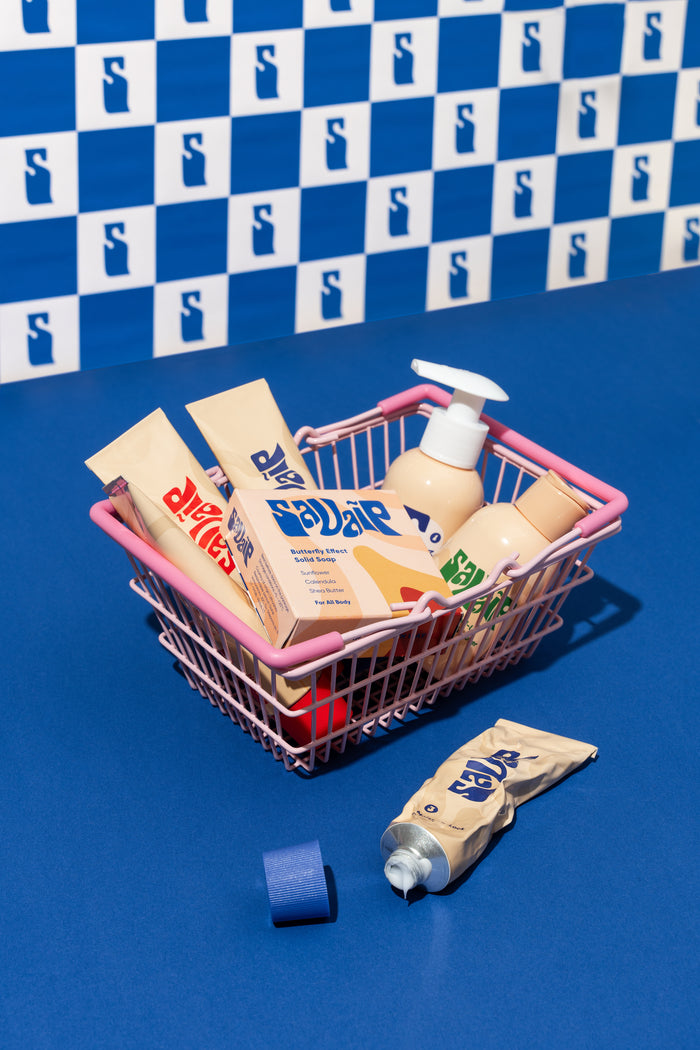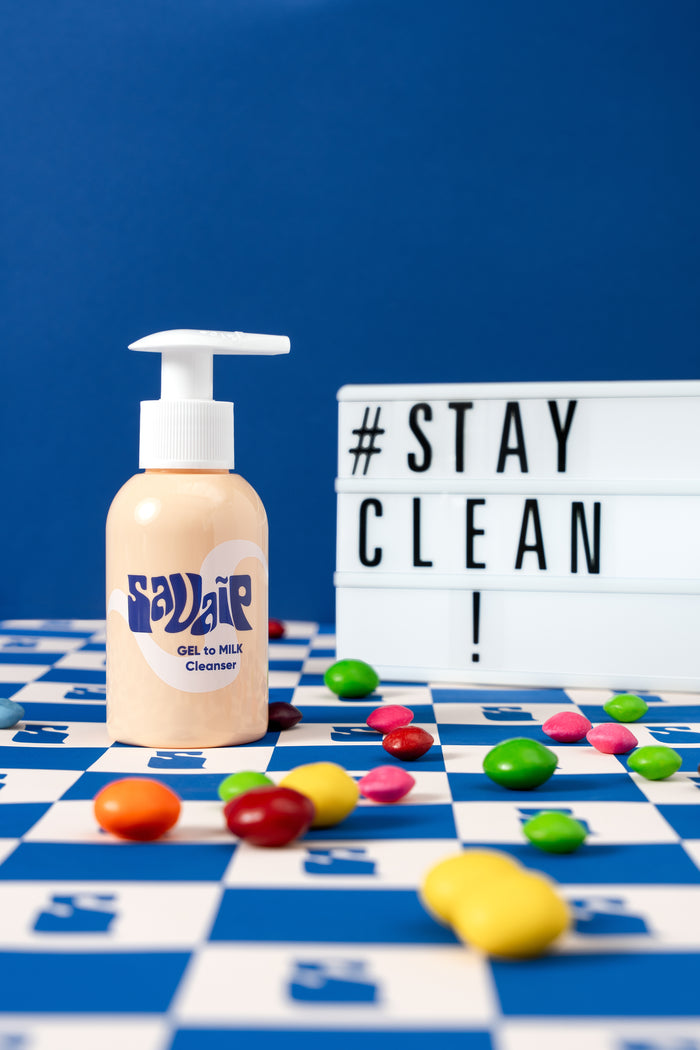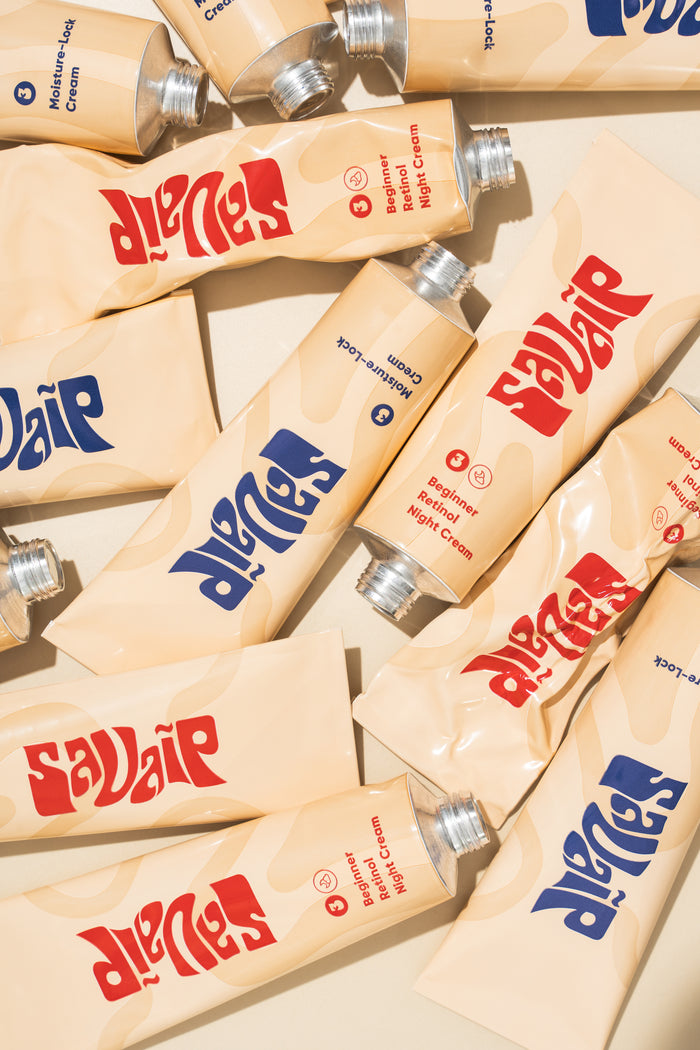If your skin has been feeling more sensitive lately—red, tight, or suddenly reactive—you’re not imagining it. Environmental stressors and modern skincare habits are putting your skin barrier under pressure. In fact, understanding skin barrier repair is the first step to getting your skin back to a calm, resilient state.
Today, we’ll answer the key questions about how to fix a damaged skin barrier and what skincare truly helps.
What Is the Skin Barrier & Why Is It So Important?
Your skin barrier is the outermost layer of your skin. Think of it as your skin’s personal security guard, keeping moisture in and irritants out. In other words, it’s made up of lipids like ceramides that work together to:
- Seal in moisture
- Keep irritants out
- Maintain a balanced microbiome
- Prevent sensitivity and dehydration
When this system weakens, even the gentlest products can sting. Therefore, skin barrier repair isn’t optional; it’s foundational.
Why Skin Barrier Damage Is So Common Now
Our daily lives are filled with more barrier disruptors than ever before, including:
- Over-Exfoliation Trends: With AHAs and retinoids trending, many people do too much, too fast.
- Climate Changes & Seasonal Stress: Hot summers and cold winters both stress your barrier.
- Pollution Exposure: Urban air pollution is now strongly linked to inflammation.
- Harsh or Stripping Cleansers: Many cleansers disrupt pH balance.
- Lifestyle Factors: Lack of sleep, stress, and dehydration weaken skin defenses.
So, if your skin has been acting “different” lately, it's not your fault. Your skin barrier needs more support than ever.
Signs Your Skin Barrier Needs Repair
Here are the exact symptoms that indicate your barrier is asking for help:
- Redness or flushing
- Tightness (especially after washing)
- A stinging sensation when applying skincare
- Sudden sensitivity or dry patches
- Dehydrated but oily skin
- Breakouts or irritation you can’t explain
How to Approach Skin Barrier Repair Correctly
Barrier repair isn’t complicated, but it must be intentional. Here’s what works — and what to avoid.
1. Simplify Your Skincare Routine
Whenyourbarrieris compromised, less is more. Your skin needs room to heal.
Do:
• Useagentle, non-stripping cleanser
• Switch to fragrance-free, minimal-ingredient formulas
• Focus on hydration+ nourishment
• Moisturize morning and night
Think: calm → heal → then rebuild.
Avoid:
• Exfoliating acids
• Retinoids
• Alcohol-based toners
• Over washing
2. Choose Barrier-Repairing Ingredients That Actually Work
Look for skincare with these key ingredients; research-backed and barrier-friendly:
• Ceramides: replenish the skin’s lipid structure
• Hyaluronic acid: boosts hydration without heaviness
• Niacinamide (low concentration): supports barrier recovery
• Squalene: lightweight moisture and protection
• Oatextract: calms redness and irritation
• Peptides: help strengthen the skin’s natural defenses
These ingredients support both short-term comfort and long-term resilience.
3. Reinforce Your Skin’s Microbiome
Consumers ask this often: “Does the microbiome matter for my skin barrier?”
Absolutely, the microbiome is your barrier’s first protector.
Look for microbiome-friendly products that avoid harsh preservatives or stripping surfactants. Keeping your skin’s ecosystem balanced reduces inflammation and improves healing speed.
4. Moisturize Like It’s a Lifestyle (Because It Is)
Hydrating serums or soothing masks can restore balance and prevent transepidermal water loss.
Agoodmoisturizer should:
• Lock in hydration
• Prevent water loss
• Strengthen the lipid matrix
• Reducesensitivity
At Savaip, we design moisturizers with a hydration-first philosophy, making them perfect for barrier repair routines.
5. Protect Your Skin from Stress
Sunscreen is essential, even when you’re repairing your barrier. UV exposure makes sensitivity worse.
SPF is non-negotiable.
Daily sunscreen prevents further damage, reduces inflammation, and keeps your barrier stable.
Choose:
• Broad-spectrum SPF 30+
• Non-comedogenic
• Lightweight but hydrating formula
A Simple Routine for Skin Barrier Repair
Your skin doesn't need a 12-step routine; it needs the right steps.
Morning:
- Gentle cleanser
- Hydrating essence or toner
- Niacinamide (2–5%)
- Moisturizer
- SPF 30+
Night:
- Gentle cleanse
- Barrier serum with ceramides
- Nourishing moisturizer
How Long Does Skin Barrier Repair Take?
Customers often ask: “How fast will my skin barrier heal?” Typically:
- Minor irritation: 3–7 days
- Moderate damage: 2–4 weeks
- Long-term sensitization: 6+ weeks
Consistency is always greater than intensity. Healing happens quietly, then suddenly.
Final Thoughts: Your Skin Barrier Is Worth Protecting
Healthy skin starts with a healthy barrier. When you focus on skin barrier repair, everything else falls into place. A healthy barrier means:
- ✨ Less redness
- ✨ Less sensitivity
- ✨ Better hydration
- ✨ Softer, smoother texture
- ✨ Stronger, more resilient skin
In conclusion, if your skin has been feeling overwhelmed, trust this: with patience and gentle care, it will bounce back stronger than ever.









